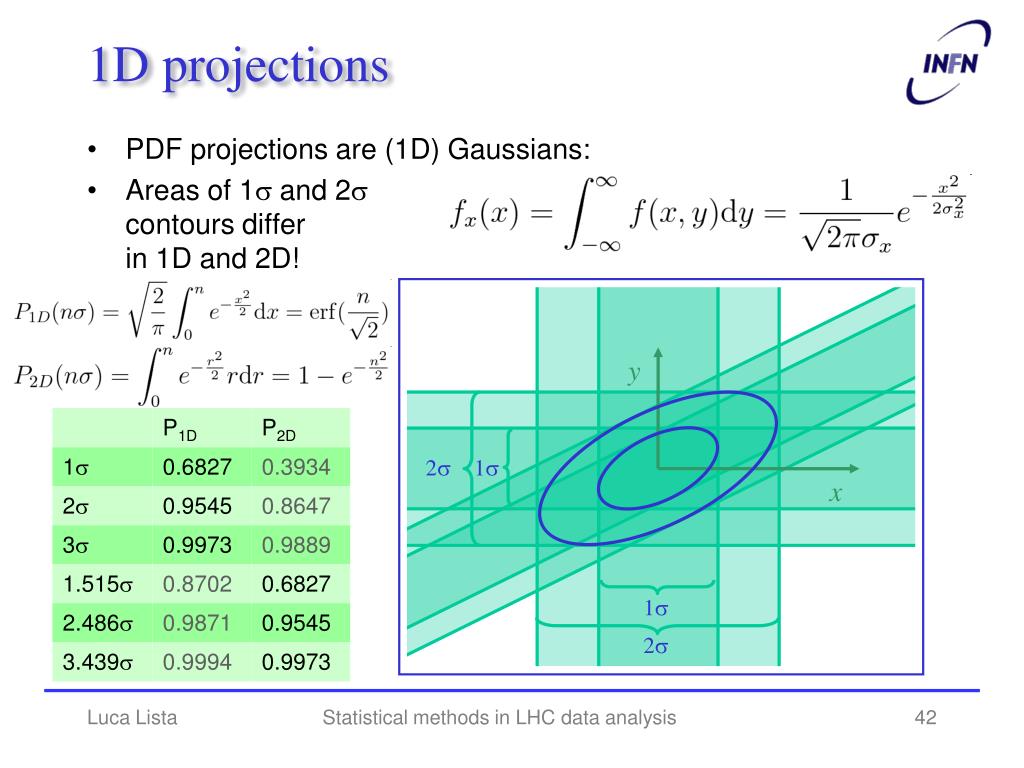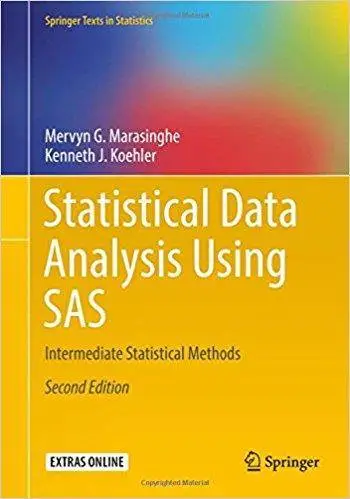

As conceptual understandings and software for multilevel (mixed-effects) models have advanced among behavioral ecologists, some researchers have recently begun to use the multilevel, multinomial model that we espouse in this paper to account for the repeated observations of individuals (Browning et al. 2008 Sagata and Lester 2009 Marshall et al. Behavioral ecologists have likewise employed multinomial models for research topics such as habitat selection, food choices, and behavioral responses (Chancellor and Isbell 2008 May et al. To some extent, it is surprising that multinomial models for behavioral data are not more common given the ubiquitous use of multinomial logistic models for diverse ecological applications, such as vegetation analysis, community ecology, and parentage assignment (Augustin et al. The statistical methods that we promote are not an original development, but rather a repurposing of existing methods. Prevailing statistical methods are not well suited for elucidating these trade-offs and the ensuing individual-level correlations across behavioral categories.


That is, time allocated to one behavior precludes time devoted to alternative, fitness-enhancing behaviors (Sharpe and Rosell 2003 Johnson and Bock 2004 Morrell 2004 Reaney 2007 Hamel and Côté 2008). Although informative, these statistical methods depart from the multinomial data structure that characterizes observational research, and they are incongruous with behavioral ecologists’ theoretical models of time budgets that center on trade-offs and opportunity costs. 2010 Willisch and Neuhaus 2010 Dantzer et al.

An assortment of statistical approaches has been applied to these data, including regression analyses of aggregated proportions (or their principal components) and logistic regression of discrete, binarized behavioral categories (Isbell and Young 1993 Mainguy and Côté 2008 Singh et al. More commonly, however, behavioral researchers use ethograms in which they document K behaviors, where K is a quantity of behavioral categories that can vary considerably from study to study. In rare cases, behavioral researchers may elect to record only two behaviors, perhaps contrasting a behavior of interest against a reference category that subsumes all other behaviors (e.g., foraging behavior versus all alternative behaviors). These models can potentially be applied to a broad class of statistical analyses by behavioral ecologists, focusing on other polytomous response variables, such as behavior, habitat choice, or emotional states.Įthograms, or coding schemes, vary considerably depending on the species being observed and the goals of the research. We discuss possible extensions to our approach, including models with random slopes to allow individual-level behavioral strategies to vary over time and the need for models that account for temporal autocorrelation. The supplemental files include a coding script and data that demonstrate auxiliary functions to prepare the data, estimate the models, summarize the posterior samples, and generate figures that display model predictions. Using an example dataset, we demonstrate the estimation of these models using Hamiltonian Monte Carlo algorithms, as implemented in the RStan package in the R statistical environment. Correlated random effects potentially reveal individual-level trade-offs across behaviors, allowing for models that reveal the extent to which individuals who regularly engage in one behavior also exhibit relatively more or less of another behavior. These statistical methods correspond to the multinomial character of the response variable while also accounting for the repeated observations of individuals that characterize behavioral datasets. We develop and apply multilevel, multinomial logistic regression models for analyzing such data. Behavioral ecologists frequently use observational methods, such as instantaneous scan sampling, to record the behavior of animals at discrete moments in time.


 0 kommentar(er)
0 kommentar(er)
